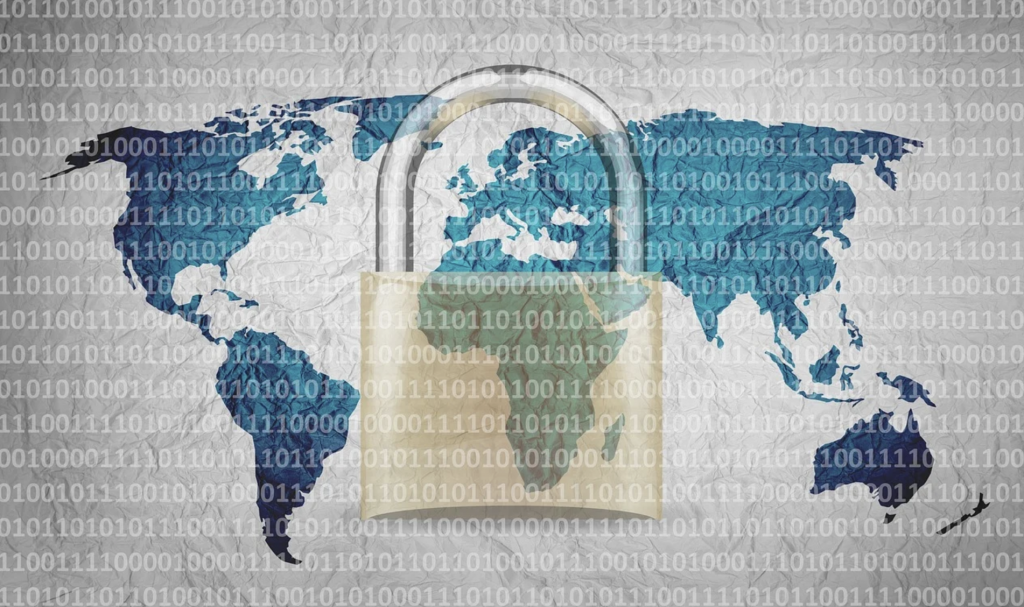
In the last decade of the 20th century and with the start of the 21st century we have seen a revolution in the field of information and communication technology. States, non-state actors, and even individuals began to use communication networks and computer systems for their daily life businesses. This hyper reliance on digital technologies succeeded to such an extent that it has rendered life impossible without using them. Dependence on information and communication technologies has benefited economic growth and increased connectivity between people around the globe. But this dependence on digital technologies brought with it numerous vulnerabilities. A constant threat of cyber-attacks has made life difficult not only for individuals but it has now wider implications for the security of the states also. Cyber intrusions have already disturbed bilateral relationships between many state and Pakistan and India are no exceptions
Cybersecurity is undermined when there is a disturbance is created by an adversary state or individuals. In cyberspace, threats can emerge from multiple sources, including state, non-state organizations, or criminal gangs’. Cybersecurity is undermined when the disturbance is created by an adversary state. Cyber-attack could potentially generate different kinds of disruption from cyber intrusion for espionage to attacking critical infrastructure that could produce kinetic results undermining the national security of a state. Hackers can steal a large sum of money, they could also be involved in stealing which is of primary importance for a state or institution. Viruses and malware can create disturbance in the computer system damaging the smooth flow of information.
A new threat also emerged in the South Asian political landscape. This new threat emerged in the shape of cyberwar. Although no major cyber-attack has occurred so far but India and Pakistan are regularly involved in small scale cyber-attacks. The majority of these attacks are about the defacement of websites belonging to government institutions as well as media houses. When a website is hacked the attacker usually places unwanted images or content on those websites. Pakistani hackers are usually called ‘Pakistan’s cyber army’ while Indians are called the ‘Indian Cyber Army’. Majority of the time these attacks were claimed by either Indian or Pakistan. Though this defacement does not produce any physical result it does have a social impact. It creates a disturbance in the minds of government officials and makes the masses believe that they are no longer protected by their state’s cybersecurity system. Moreover, Indian and Pakistan are regularly involved in cyber-attack for espionage. Both states try to steal important data that might benefit them in future endeavors. When tension is heightened between two states along the line of control in the disputed Kashmir region we see a massive surge in cyber-attack from both sides. In February 2019 post-Pulwama incident, the threat of cyber-attacks was massive from both sides. The Indian government has directed its cybersecurity institution to increase their capacity fearing massive cyber-attack from Pakistan’s side while on the other hand, Pakistani authorities were also asked to improve their cybersecurity by the official. This was done because the cyber-attack by the Indian side was increasing at a rapid pace.
Indian and Pakistan are at loggerheads for more than 70 years with no end in sight of this bitter conflict between them. Therefore reasonable chances are present that they will also use cyberspace to achieve their national interest. Offensive cyber-attacks on the critical infrastructure of one state could bring a conventional response from the other side. It is called escalation, and when it gets out of control it can bring the nuclear weapon into the theater of war. The problem with cyberspace is that it is sometimes very difficult to identify the perpetrators. In a time of crisis, a third party could exploit the situation by targeting the critical infrastructure of either India or Pakistan. The Computer Science and Telecommunications Board (CSTB) in his report once argued that “Tomorrow’s terrorists may be able to do more damage with a keyboard than with a bomb.
Therefore, to mitigate this emerging threat India and Pakistan have few options but the good thing is that they still have options. The first and most important of them is to build cyber norms. Both countries can build cyber norms between them. Norms mean acceptable behavior from both sides. A kind of hidden agreement from both sides that they will not target critical or strategic infrastructure. Secondly, both countries can develop an institutional structure that will regulate the cyberspace between them. This institutional structure will play an important role during the time of crisis.
Last but not the least, the best way to solve this cyber threat is to solve the longstanding issue between South Asian neighbors through peaceful means. The most important of them is the disputed Kashmir region due to which this region is called a nuclear flashpoint. With the peaceful settlement of Kashmir, cordial relations will start between two states which eventually will eliminate the security dilemma and the threat of war between them.
![]()




Be the first to comment